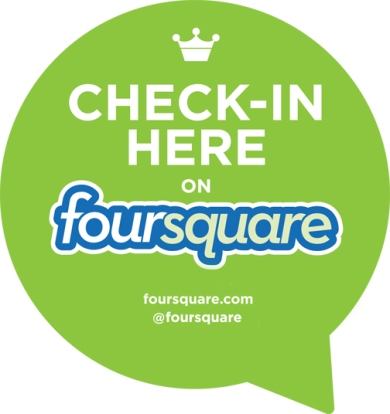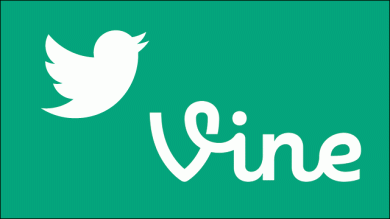When a group of teenagers or young adults are asked why they use sites like Facebook and Twitter, most will say they use it to stay connected with friends and family. I certainly agree; it’s one of the many reasons I use social media. Although that thought has always been there, I’ve never really seen social media connect people directly until it happened in my community among high school students.
I was on Facebook one day in early April, and I noticed my aunt had liked a photo. It was a picture of boys sitting in a church, and they were all dressed in yellow. The caption described that they were wearing yellow for Greg. I didn’t give much thought to it, and moved on. I went on Twitter next, and my sister had tweeted #YellowforGreg several times, and all of the sudden my whole Twitter feed had the hashtag #YellowforGreg. I texted my sister to ask about it, and after she explained to to me, she said “Like it on Facebook and follow it on Twitter. Or else.”
Greg Von Rueden is a 15-year-old boy who has an aggressive form of bone cancer. In March, he received news that he had beaten the cancer, but two weeks later, he found out the cancer had returned. The doctors found a mass in his knee, and were unable to perform surgery to remove it. The cancer has now spread to other parts of his body. 
Greg happens to go to school at Marquette University High School, the all-boys Jesuit high school in Milwaukee, where many of my cousins have gone. That’s why my aunt had liked the picture. The day the picture was taken, the students were told to wear yellow in support of Greg.
Greg was a volleyball player and volleyball players from Milwaukee wore all yellow to a tournament in early April. They started to post and tweets pictures of them wearing yellow on Facebook and Twitter, and it caught the eye of the Milwaukee local news station, TMJ4, who later formed a news clip about the tournament and what all the yellow was about.
The day after, Yellow for Greg had both a Twitter and Facebook account. The Facebook page has 1,402 likes and the Twitter account has 1,432 followers already.
The Yellow for Greg Facebook page has links to videos others have made him, news clips, and links to places where others can learn more about him and his fight against bone cancer. It also frequently advertises the Yellow Run 4 Greg, a 5K walk/run on May 5. As of Friday, April 19, 312 people were signed up to participate.
The Twitter account started off in early April tweeting “#YellowforGreg #NoOneFightsAlone” in the effort to trend in Milwaukee and eventually nationally. The account retweets many tweets of others who use the hashtag. There have been tweets to Aaron Rodgers, The Ellen Show, and the Milwaukee Brewers to get them to show their support. The MACC Fund, USA Volleyball, and JJ Watt, a former UW-Madison football player who now plays for the Houston Texans have tweeted and shown their support for Greg. Lately, the Twitter account has promoted the run coming up in May.
Although last week was a rough week for the country in general, seeing the young people in my home community connect through social media in encouragement for a boy who has been through more than most of us will ever experience has given me great hope for and faith in our future.














